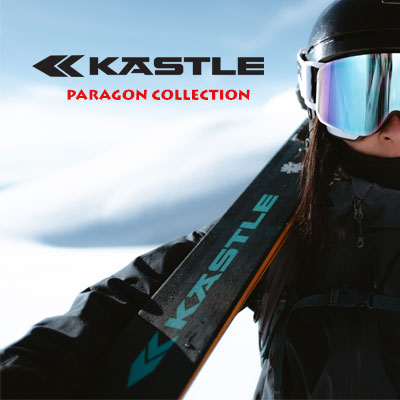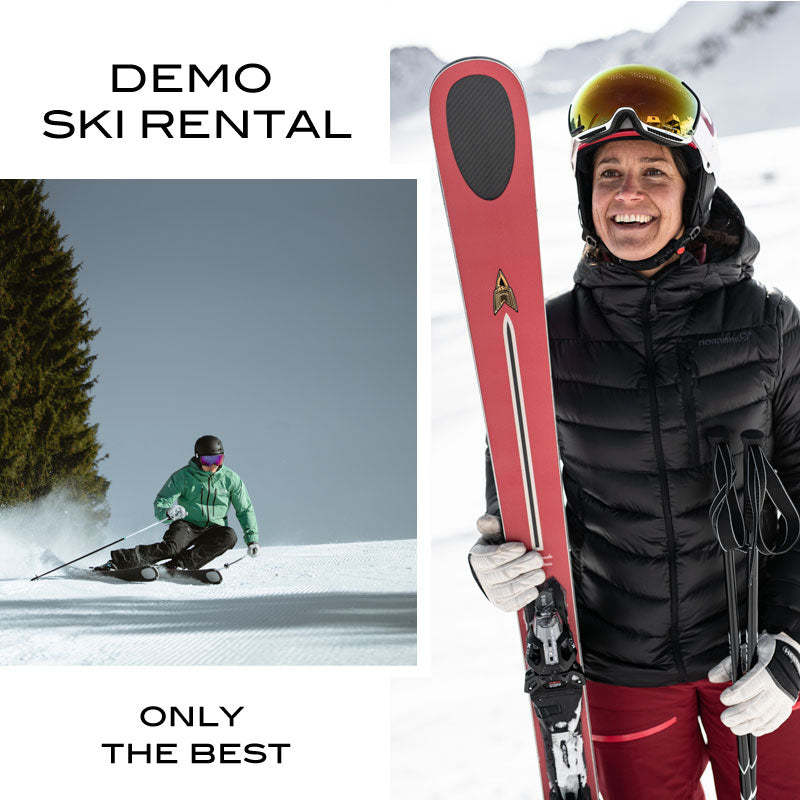What Makes A Great Ski Helmet
Protection, Fit, Comfort, and Features for a Quality Ski Helmet

There is no doubt that wearing a helmet while skiing is a good idea, if you are new to the sport or have been wearing the same helmet for several years it is time for a new one. Advancements in ski helmets have made them safer, more comfortable and lighter all with even greater protection.
Certifications
While our sense of vanity may rank style as the most important consideration when picking a helmet considering the number one reason for wearing one is safety, protection is clearly the most important factor. There are at least three certifications a ski helmet can have.
- The American Society of Testing Materials, International (ASTM)
- The European Committee for Standardization (CE EN)
- The Consumer Product Safety Commission (CPSC)
The tests a helmet is put through before it ever graces a skier’s head can include the following:
Shell Penetration: In this test, a pointed striker is dropped from a designated height in a guided fall onto the helmet. The striker must not penetrate the helmet of achieve any contact with the head.
Impact Test: In this test, the helmet is placed on a metal “head” then dropped on a variety of anvil shapes in guided falls. To simulate impact forces, the helmet is dropped on flat, curbed, hemisphere and edge steel anvils. The “head” is equipped with sensors to measure Gravitational Units or G-forces and the peak acceleration imparted to the head must not exceed benchmark thresholds.
Roll-Off Test: In this test, the helmet is placed on a “head” that is mounted to a stand. A wire is hooked to the rear of the helmet and brought forward with a prescribed weight to see if the helmet rolls off the head. The helmet may shift position but must stay on the head. The test is then repeated from the front of the helmet.
Make sure any new ski helmet you are considering purchasing has at a minimum the ASTM certification and ideally all three.

MIPS
In addition to these certifications, you should know about MIPS. MIPS stands for “multi-directional impact protection system”. This system consist of a patented thin plastic liner inside the helmet that allows it to slide during a rotational impact. So when you have a fall where you hit your head on something that grabs it and rotates you, your brain could keep rotating with momentum causing damage. MIPS helps by allowing some of that movement to be absorbed with the sliding action. Determining if you need this technology in many cases comes down to how aggressive a skier you are. MIPS is an additional cost but worth it in high-impact falls.
Fit and Comfort
Once you are sure that the helmet is going to protect you in most situations the next most important quality is fit and comfort. Ideally, you want your helmet to be so comfortable you forget you are even wearing it. Make sure the fit has no space between your head and the helmet and is snug but not tight. If you are ordering your helmet online be sure to measure the circumference of your head as the sizing on these is pretty accurate and this is a great way to ensure the right fit instead of guessing. A simple measuring tape will do the job and you want to measure about one inch above your brow. You also want to make sure the helmet has some type of size adjusting system as the fit can change based on how long your hair is or even the temperature outside.
Venting
This is an important one as skiing in January can be extremely cold while skiing in March can be hot on sunny days. You don’t want to have to own two different helmets for these stark changes in conditions and this is where good venting makes all the difference. Make sure your helmet has enough venting to keep you cool on warm days and that the vents close for cold days. Removable earpads can help with this as well and are a great feature for those who overheat easily.
Goggles
Not all goggle match all helmets, when the fit is not perfect there can be a small space between the helmet and the goggles. This has the affectionate term known as “Gaper Gap”, don’t be a victim of this embarrassing condition as not only can it result in ridicule on the chairlift but can give you a serious case of brain freeze on cold days. Buying a helmet and pair of goggles made by the same company is an easy safe way to prevent this but many brands can be mixed and matched you just want to check before using them so they can be returned.
There are some new helmet/goggle integrations that serve some great purposes such as; not having to carry a separate piece of equipment, never having the goggles come off in a violent fall and having the perfect fit of goggles and helmet. These are becoming really popular and we have a line of helmets from Germany that we think do a great job. Be sure to check out our Casco helmets for this new system.
Accessories
These are extras that some never even think about while others could not live without. For those who like to listen to music while skiing some helmets now come with Bluetooth-compatible earpads that allow you to rock out while hitting the slopes.
We hope this helps you find the perfect helmet and answers any questions you may have. If you do need any more guidance feel free to reach out and we will be happy to help you find the perfect ski helmet for your ability and style.
In addition to just playing music some of these systems even serve as 2-way radios allowing you to keep in touch with friends and family on the mountain. This is a great feature for those groups that do not want to be on the same ski run but want to meet up at the chairlift.
If you want to keep memories of your ski trip you may want a camera mount to attach your GoPro. For those who travel a lot to ski a hard case is a great way to keep your helmet looking new during those slogs through the airport.
Weight
While most helmets these days are much lighter than those of years past if you intend to ski in the backcountry a good number of days it is worth looking into a helmet made specifically for this. While they may sacrifice some features and comfort the weight savings is worth it to many.
Style
Last but not least is the style, skiing is a personal expression and a stylish helmet completes that look. A low-profile helmet generally looks better than a dome and make sure you get your helmet in a color that matches your favorite ski coat.




